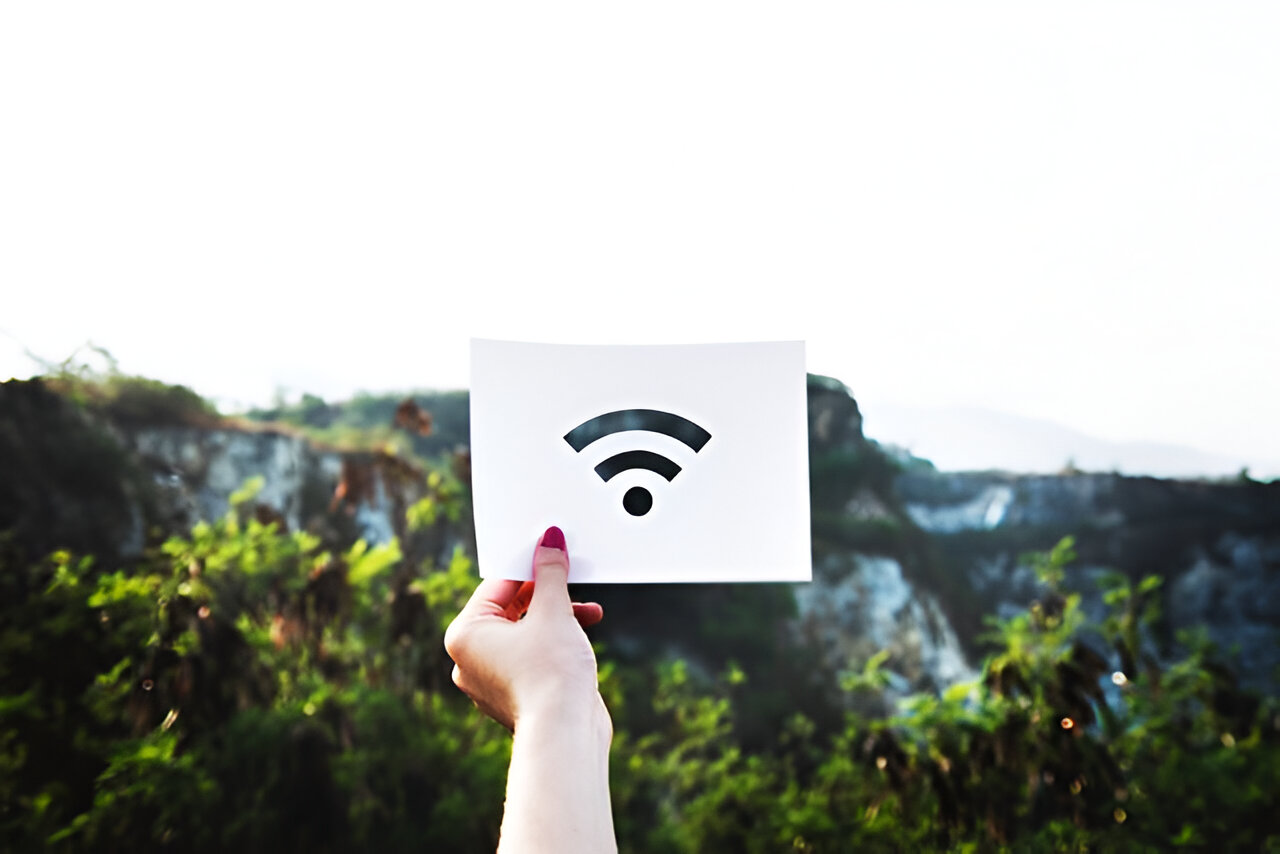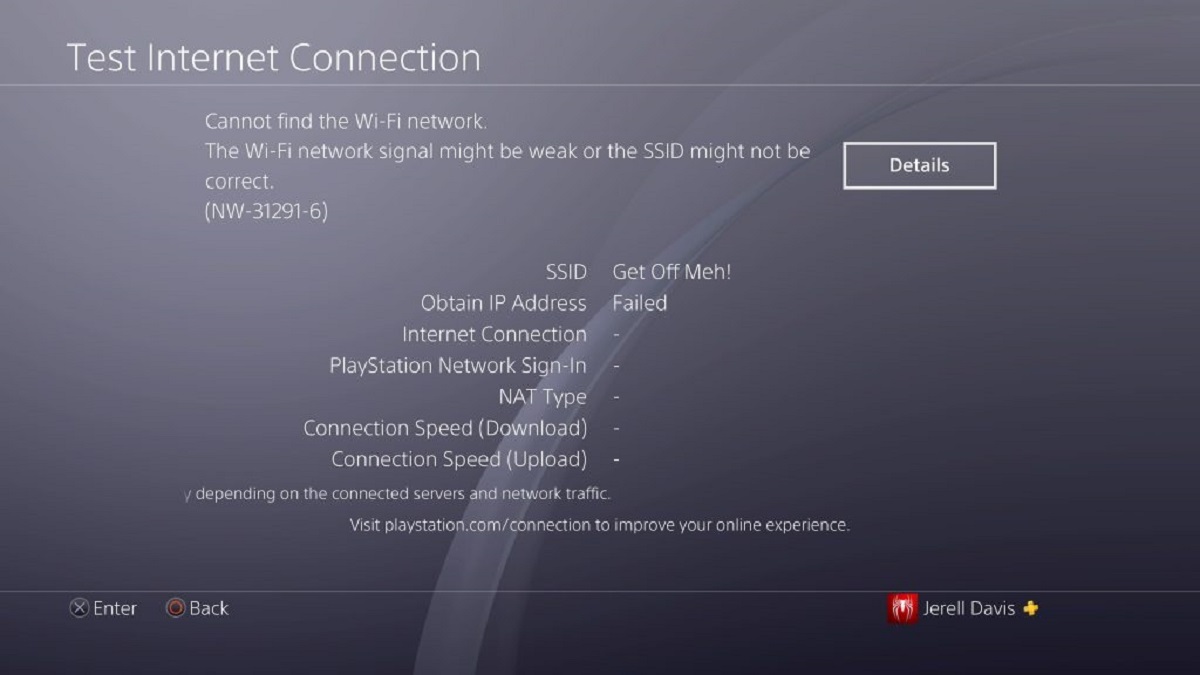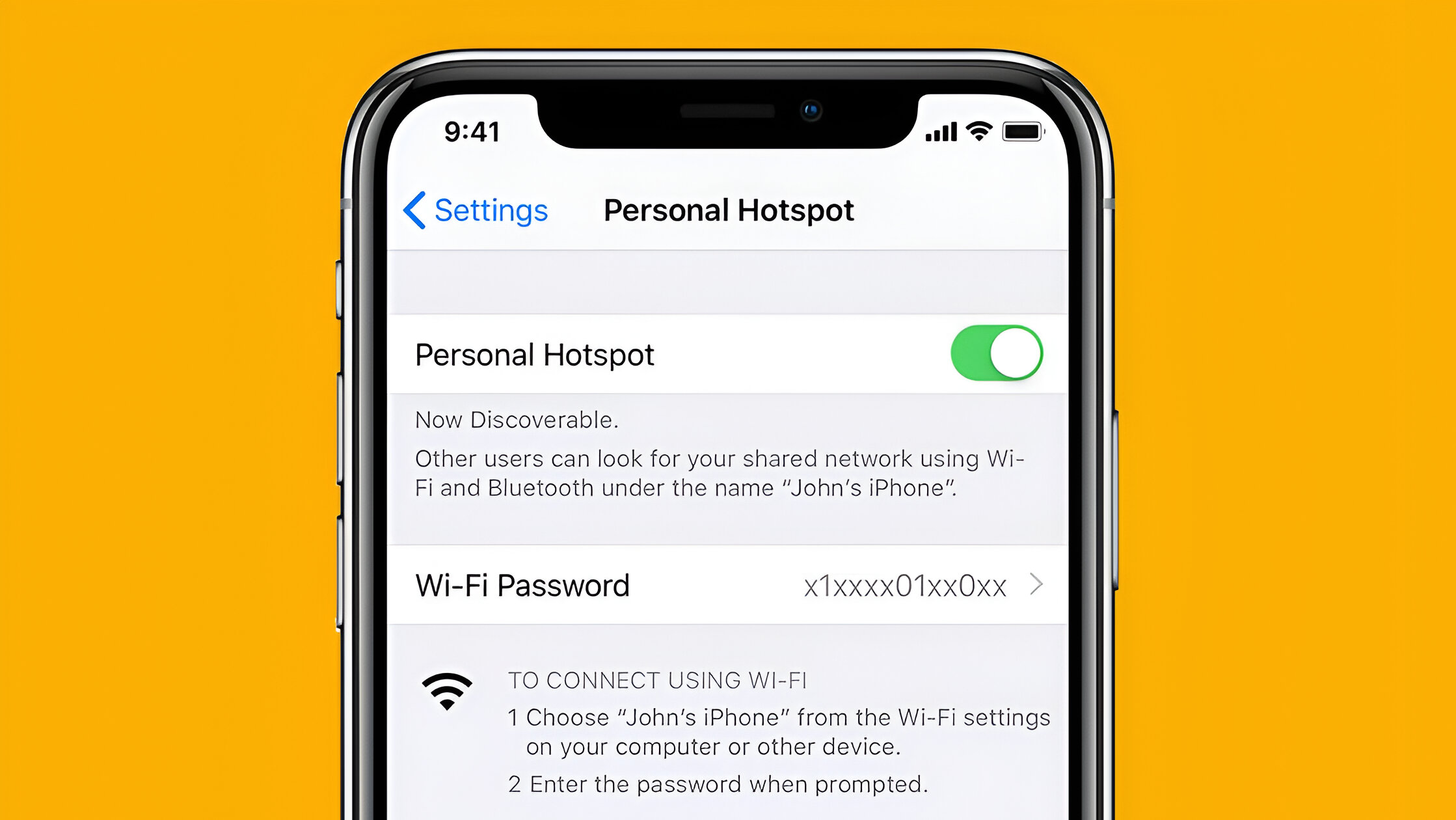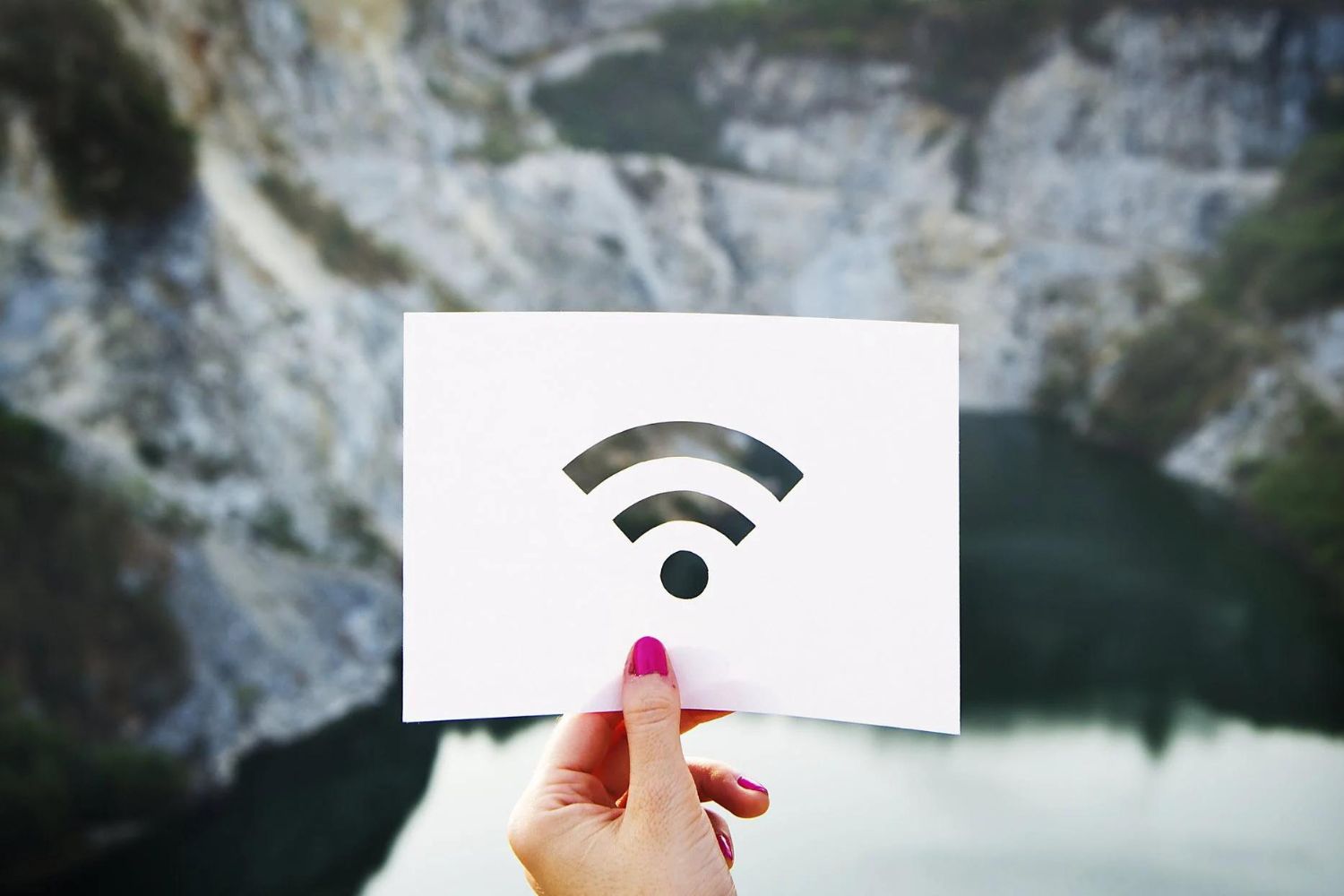Introduction
Creating a Wi-Fi hotspot can be a game-changer, especially when you need to share your internet connection with multiple devices or provide connectivity on the go. Whether you're in a coffee shop, at a friend's house, or in a location with limited Wi-Fi access, setting up a Wi-Fi hotspot on your smartphone or laptop can offer a convenient solution for staying connected. This article will guide you through the simple steps to create a Wi-Fi hotspot, allowing you to share your internet connection with other devices such as smartphones, tablets, and laptops.
A Wi-Fi hotspot essentially turns your device into a wireless access point, enabling other devices to connect to the internet through it. This can be incredibly useful in situations where traditional Wi-Fi access points are unavailable or when you want to share a single internet connection with multiple devices. By understanding the process of creating a Wi-Fi hotspot and the necessary steps to configure and secure it, you can harness the power of your device to provide internet access to those around you.
In the following sections, we will delve into the step-by-step process of setting up a Wi-Fi hotspot, ensuring that your device is compatible, enabling the mobile hotspot feature, configuring the hotspot settings, connecting devices to the hotspot, and securing your hotspot to protect your connection. By following these straightforward instructions, you can empower yourself to create a portable Wi-Fi hotspot, enhancing your ability to stay connected in various environments.
As we embark on this journey to unlock the potential of creating a Wi-Fi hotspot, it's important to note that the steps outlined in this article are designed to be user-friendly and applicable to a wide range of devices, including smartphones and laptops. By the end of this guide, you'll have the knowledge and confidence to establish a reliable Wi-Fi hotspot, enabling seamless internet connectivity for yourself and those around you. Let's dive into the process and unleash the power of creating a Wi-Fi hotspot!
Step 1: Check Compatibility
Before diving into the process of creating a Wi-Fi hotspot, it's crucial to ensure that your device supports this feature. The ability to set up a Wi-Fi hotspot varies depending on the type of device you are using, such as a smartphone or a laptop. Here's how to check the compatibility of your device for creating a Wi-Fi hotspot:
Smartphone Compatibility:
-
For Android Devices:
- Most modern Android smartphones support the Wi-Fi hotspot feature. To check if your device is compatible, navigate to the "Settings" menu and look for the "Tethering & portable hotspot" or "Hotspot & tethering" option. If this feature is available, your device is compatible with creating a Wi-Fi hotspot.
-
For iOS Devices:
- iPhones also have the capability to create a Wi-Fi hotspot. To verify compatibility, go to the "Settings" app, tap on "Personal Hotspot," and check if the feature can be enabled. If this option is present, your iPhone is compatible with creating a Wi-Fi hotspot.
Laptop Compatibility:
-
Windows Laptops:
- Most Windows laptops support the ability to create a Wi-Fi hotspot. To confirm compatibility, open the Command Prompt and enter the command "netsh wlan show drivers." Look for the line that states "Hosted network supported." If the result is "Yes," your laptop is compatible with creating a Wi-Fi hotspot.
-
MacBooks:
- MacBook users can also create a Wi-Fi hotspot. To verify compatibility, go to the "System Preferences" and select "Sharing." If the "Internet Sharing" option is available, your MacBook is compatible with creating a Wi-Fi hotspot.
By taking these simple steps to check the compatibility of your device, you can ensure that it has the necessary capabilities to create a Wi-Fi hotspot. If your device is compatible, you can proceed with confidence to enable the mobile hotspot feature and share your internet connection with other devices. If compatibility is not initially available, consider exploring alternative methods or seeking additional support to enable this feature on your device.
Ensuring compatibility is the first step in the process of creating a Wi-Fi hotspot, setting the stage for a seamless and efficient setup process. Once compatibility is confirmed, you can move on to the next steps, enabling the mobile hotspot feature and configuring the necessary settings to establish a reliable Wi-Fi hotspot.
Step 2: Enable Mobile Hotspot
Enabling the mobile hotspot feature on your device is the pivotal step in creating a Wi-Fi hotspot. By activating this functionality, you transform your device into a wireless access point, allowing other devices to connect and utilize your internet connection. The process of enabling the mobile hotspot varies depending on the type of device you are using, whether it's a smartphone or a laptop. Below are detailed instructions for enabling the mobile hotspot on both types of devices:
Smartphone Hotspot Activation:
For Android Devices:
- Navigate to the "Settings" menu on your Android smartphone.
- Look for the "Tethering & portable hotspot" or "Hotspot & tethering" option.
- Tap on the "Portable Wi-Fi hotspot" or "Wi-Fi hotspot" option to enable it.
- You may have the option to configure the hotspot settings, such as network name and password, before activating the hotspot.
For iOS Devices:
- Open the "Settings" app on your iPhone.
- Tap on "Personal Hotspot."
- Toggle the switch to enable the personal hotspot feature.
- You can set a Wi-Fi password for your hotspot to secure the connection.
Laptop Hotspot Activation:
Windows Laptops:
- Open the Command Prompt with administrative privileges.
- Enter the command "netsh wlan set hostednetwork mode=allow ssid=YourNetworkName key=YourPassword" to set up the hotspot with a custom network name and password.
- Once the hosted network is set up, enter the command "netsh wlan start hostednetwork" to activate the hotspot.
MacBooks:
- Go to "System Preferences" on your MacBook.
- Select "Sharing" and then choose "Internet Sharing" from the list of sharing options.
- Configure the "Share your connection from" dropdown menu to select your internet source.
- Check the box next to "Wi-Fi" in the "To computers using" section to enable the Wi-Fi hotspot.
By following these device-specific instructions, you can successfully enable the mobile hotspot feature, transforming your device into a wireless access point. Once the hotspot is activated, you are ready to proceed to the next step of configuring the hotspot settings to ensure seamless connectivity for other devices.
Step 3: Configure Hotspot Settings
Configuring the hotspot settings is a crucial step in the process of creating a Wi-Fi hotspot, as it allows you to personalize the network and ensure a seamless connection for the devices that will be connecting to it. By customizing the hotspot settings, you can establish a network name, set a secure password, and determine additional parameters that define the functionality of the hotspot. Here's how to configure the hotspot settings on both smartphones and laptops:
Smartphone Hotspot Settings:
Network Name (SSID) and Password:
When configuring the hotspot settings on your smartphone, you have the opportunity to set the network name, also known as the Service Set Identifier (SSID), and the password for the hotspot. It's advisable to choose a unique and easily identifiable network name that distinguishes your hotspot from others in the vicinity. Additionally, creating a strong password is essential to secure the hotspot and prevent unauthorized access.
Security Type:
Most smartphones offer the option to select the security type for the hotspot, such as WPA2 (Wi-Fi Protected Access 2), which provides enhanced security for the wireless network. Choosing the appropriate security type helps safeguard the hotspot from potential security threats and ensures the privacy of the connected devices' data.
Band and Channel Selection:
Depending on the smartphone model, you may have the ability to select the Wi-Fi band (2.4GHz or 5GHz) and the channel for the hotspot. This feature allows you to optimize the wireless signal and minimize interference, resulting in improved connectivity for the devices connecting to the hotspot.
Laptop Hotspot Settings:
Network Name and Password:
Similar to smartphones, when configuring the hotspot settings on a laptop, you can specify the network name and password for the hotspot. Selecting a distinct network name and creating a robust password are essential steps in securing the hotspot and controlling access to the network.
Network Mode and Security Protocol:
Laptops often provide the option to choose the network mode, such as 802.11n or 802.11ac, and the security protocol, including WPA2-PSK (Wi-Fi Protected Access 2 – Pre-Shared Key). These settings allow you to optimize the wireless network's performance and reinforce its security measures.
IP Address and DHCP Configuration:
Some laptops enable users to configure the IP address and Dynamic Host Configuration Protocol (DHCP) settings for the hotspot. This feature provides greater flexibility in managing the network's addressing and allocation of IP addresses to connected devices.
By customizing these hotspot settings based on your preferences and requirements, you can tailor the Wi-Fi hotspot to suit your specific needs while ensuring a secure and reliable connection for the devices that will be utilizing it. Once the hotspot settings are configured, you are ready to proceed to the next step of connecting devices to the hotspot, leveraging the personalized network you have established.
Step 4: Connect Devices to Hotspot
Once the Wi-Fi hotspot is activated and its settings are configured, the next step is to connect devices to the hotspot, allowing them to utilize the shared internet connection. Whether you're using a smartphone or a laptop as the source of the hotspot, the process of connecting devices remains consistent across various platforms. Here's a detailed guide on how to connect devices to the Wi-Fi hotspot:
Smartphone Hotspot Connection:
-
Discover the Hotspot: On the device you wish to connect, navigate to the Wi-Fi settings and search for available networks. The name of your smartphone's hotspot, also known as the SSID, should be visible in the list of available networks.
-
Select the Hotspot: Tap on the name of your smartphone's hotspot to initiate the connection process. You may be prompted to enter the hotspot password that you previously set during the configuration.
-
Establish the Connection: Once the password is entered, the device will attempt to establish a connection to the hotspot. Upon successful authentication, the connected device will display the Wi-Fi symbol, indicating a secure connection to the hotspot.
-
Verify Connectivity: After connecting to the hotspot, verify that the device has internet access by opening a web browser or accessing online services. If the connection is successful, the device is now utilizing the shared internet connection from the smartphone's hotspot.
Laptop Hotspot Connection:
-
Access Wi-Fi Settings: On the device you intend to connect, access the Wi-Fi settings and locate the list of available networks. The network name (SSID) of your laptop's hotspot should be visible in the list.
-
Connect to the Hotspot: Select the network name of your laptop's hotspot from the available networks. If prompted, enter the password that you assigned to the hotspot during the configuration process.
-
Complete the Connection: Once the password is entered, the device will proceed to establish a connection to the laptop's hotspot. Upon successful authentication, the device will indicate a secure connection to the hotspot.
-
Confirm Internet Access: After establishing the connection, verify that the device has internet access by performing online activities. If the device can successfully browse the web or access online services, it is now leveraging the internet connection provided by the laptop's hotspot.
By following these steps, you can seamlessly connect smartphones, tablets, laptops, and other Wi-Fi-enabled devices to the Wi-Fi hotspot, enabling them to benefit from the shared internet connection. This process empowers you to extend internet access to multiple devices, fostering connectivity and productivity in various environments.
Step 5: Secure Your Hotspot
Securing your Wi-Fi hotspot is paramount to safeguarding your internet connection and ensuring that only authorized devices can access the network. By implementing robust security measures, you can protect your data, maintain the integrity of the hotspot, and mitigate the risk of unauthorized access. Here's how to secure your hotspot effectively:
Smartphone Hotspot Security:
When using your smartphone as a hotspot, it's essential to enable the appropriate security settings to fortify the network. Most smartphones offer the option to select the security type when configuring the hotspot settings. Choosing WPA2 (Wi-Fi Protected Access 2) as the security type provides a high level of encryption, making it significantly more challenging for unauthorized users to intercept or decipher the transmitted data.
Additionally, setting a strong and unique password for your hotspot is crucial in preventing unauthorized access. A robust password should consist of a combination of uppercase and lowercase letters, numbers, and special characters, making it resilient against brute-force attacks and unauthorized intrusion attempts.
Laptop Hotspot Security:
When using a laptop to create a Wi-Fi hotspot, it's equally important to prioritize security measures to protect the network. Selecting the appropriate security protocol, such as WPA2-PSK (Wi-Fi Protected Access 2 – Pre-Shared Key), enhances the encryption of the wireless network, thereby fortifying its resilience against potential security threats.
Similar to smartphone hotspots, configuring a strong password for the laptop's hotspot is fundamental in securing the network. By creating a complex password that adheres to best practices for password strength, you can significantly reduce the likelihood of unauthorized access and maintain the integrity of the hotspot's security.
Network Visibility and Access Control:
To further enhance the security of your Wi-Fi hotspot, consider adjusting the network visibility settings to ensure that the hotspot is not broadcasting its presence to nearby devices unnecessarily. This feature, often referred to as "SSID broadcast," prevents the hotspot's network name from being openly visible to unauthorized users, adding an extra layer of protection against potential intruders.
Moreover, implementing access control features, such as MAC (Media Access Control) address filtering, allows you to specify which devices are permitted to connect to the hotspot. By configuring a list of approved MAC addresses, you can restrict access to the hotspot, effectively preventing unauthorized devices from connecting to the network.
By implementing these security measures, you can fortify your Wi-Fi hotspot and establish a secure environment for sharing your internet connection. Prioritizing security not only safeguards your data and privacy but also fosters a reliable and protected network for the devices connected to your hotspot.
Conclusion
In conclusion, the process of creating a Wi-Fi hotspot empowers individuals to extend internet connectivity to multiple devices, fostering seamless communication, productivity, and convenience in various settings. By following the outlined steps, users can transform their smartphones or laptops into wireless access points, enabling other devices to connect and utilize the shared internet connection.
The ability to check compatibility, enable the mobile hotspot, configure the hotspot settings, connect devices, and secure the hotspot encapsulates the fundamental aspects of establishing a reliable Wi-Fi hotspot. By confirming device compatibility, users can ensure that their smartphones or laptops support the hotspot feature, laying the foundation for a successful setup process.
Enabling the mobile hotspot and customizing its settings allows users to tailor the network to their preferences, including selecting a unique network name, setting a strong password, and optimizing security measures. This personalized approach ensures a seamless and secure connection for the devices that will be utilizing the hotspot.
Connecting devices to the Wi-Fi hotspot marks the pivotal moment when the shared internet connection becomes accessible to smartphones, tablets, laptops, and other Wi-Fi-enabled devices. This step unleashes the potential of the hotspot, enabling users to extend internet access and connectivity to those around them, irrespective of the environment.
Finally, securing the Wi-Fi hotspot is essential to safeguard the network from potential security threats and unauthorized access. By implementing robust security measures, such as selecting advanced encryption protocols, setting strong passwords, and adjusting network visibility and access control settings, users can fortify the hotspot and protect their data and privacy.
In essence, the process of creating a Wi-Fi hotspot is not only about technical setup but also about enabling seamless connectivity and enhancing the digital experience for individuals and their devices. Whether it's staying connected on-the-go, sharing internet access with friends and colleagues, or ensuring reliable connectivity in diverse environments, the ability to create a Wi-Fi hotspot empowers users to navigate the digital landscape with flexibility and ease.

























